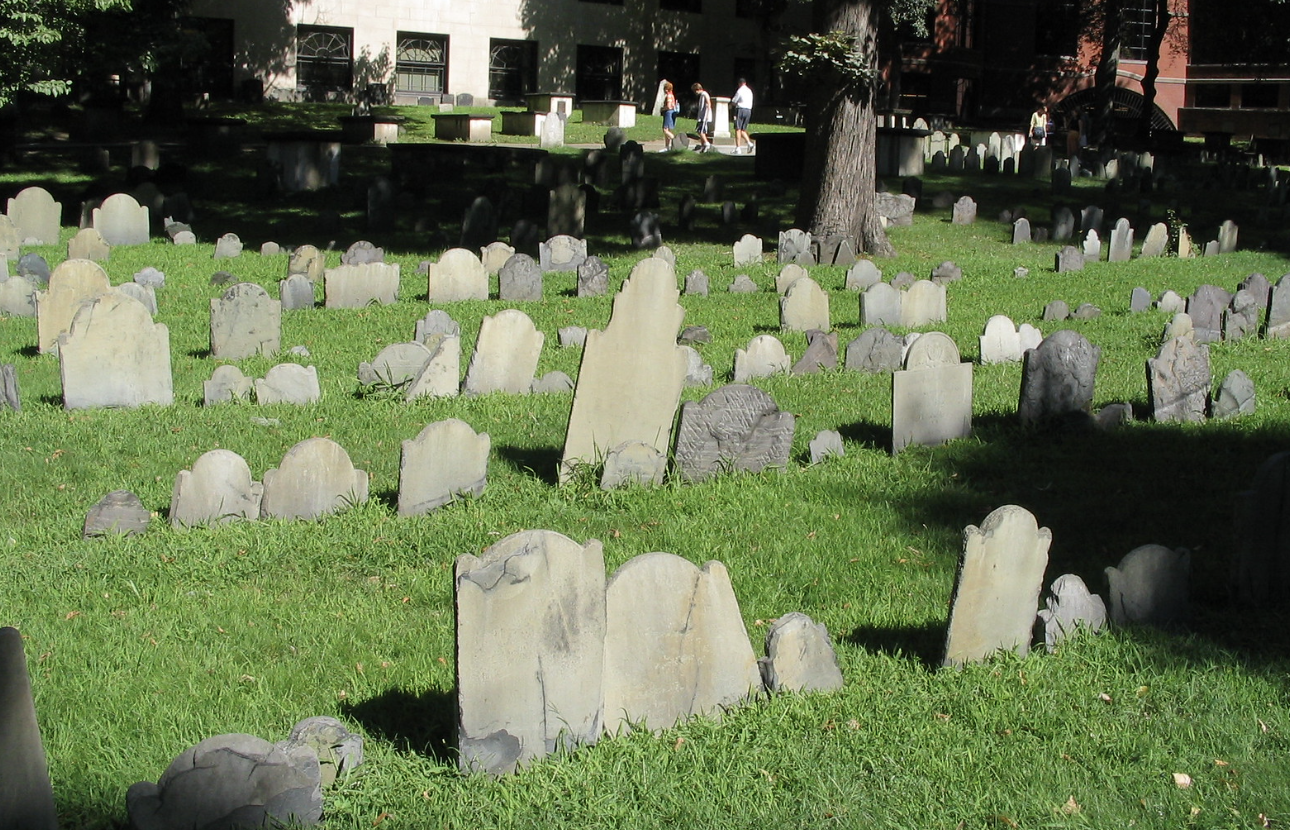Boston's Vampire Vault 🧛🏼♂️ The Forbidden Crypt at the Granary Burying Ground
Skull and Crossbones
Boston's Granary Burying Ground houses the remains of major figures who played pivotal roles in shaping America. It is the resting place of Paul Revere, John Hancock, and Samuel Adams. However, amid the tombs lies a crypt adorned with a skull and crossbones that is rumored to hold the remains of a vampire.
THE VAMPIRE LEGEND
Stories of the forbidden crypt at the Granary Burying Ground have circulated through generations. While the authenticity of these legends is uncertain, their power to captivate and entertain is real. According to the lore, an unidentified person, feared to be a vampire, was laid to rest in the crypt a long time ago. The choice to seal the tomb with a skull and crossbones only heightened the air of mystery surrounding this supposedly cursed burial place.
SKULL AND CROSSBONES
The crypt's unique marking, a skull and crossbones, has been a draw for decades. Symbolic of danger and death, it adds an element of intrigue to an already macabre tale. Some speculate that the symbol was a deliberate attempt to ward off evil spirits, while others believe it just a way to keep people from disturbing the grave. Regardless, the skull and crossbones only serve to deepen the enigma and allure surrounding the place.
HISTORICAL CONTEXT
To truly appreciate the allure of the forbidden crypt, one must delve into the historical context of the time. Tales of vampires were not uncommon during the 18th and 19th centuries, with Boston being no exception to the fascination with the supernatural. Vampire hysteria swept through New England during the 1800s, fueled by superstitions and mysterious illnesses that puzzled communities. Against this backdrop, it is not surprising that the crypt at the Granary Burying Ground became shrouded in whispers of the undead.
FACT AND FICTION
The tales of the vampire's resting place at the Granary Burying Ground are undeniably captivating, but it is essential to approach them with a critical eye. History often intertwines fact with fiction, and the legend of the vampire crypt may be a product of imaginative minds. The true nature of the crypt remains a mystery, as no concrete evidence has emerged to substantiate the claims. Yet, the legend's enduring appeal lies in its ability to transport us to a time when the line between reality and the supernatural was blurred.
While the truth behind the crypt's legends may forever remain obscured, its allure endures as a testament to the power of storytelling and the captivating grip of Boston's historical tapestry.
//
Have you visited the Granary? Do you believe there’s a vampire in there? Let us know in the comments!



